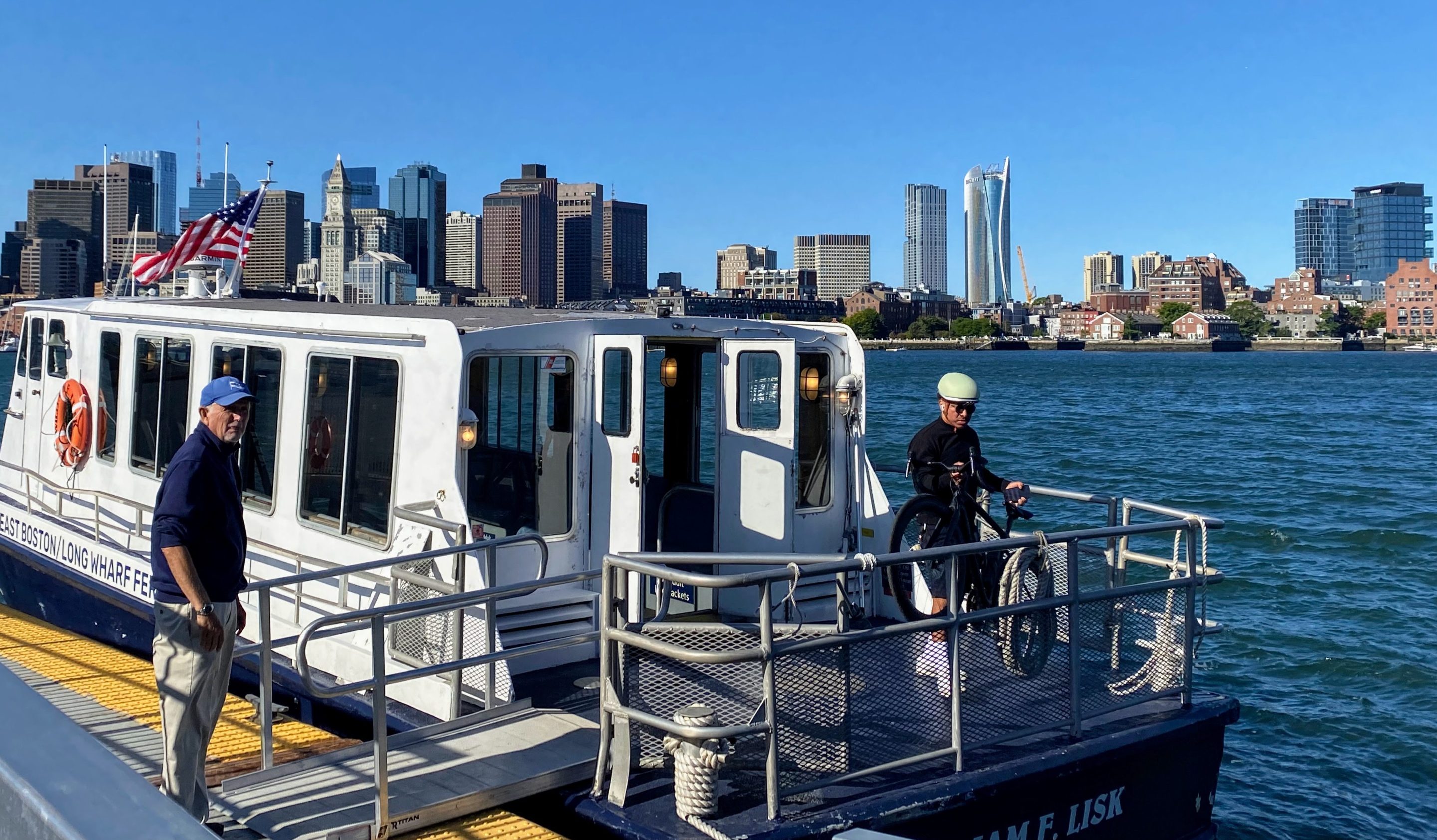It's amazing how quickly the Commonwealth can implement fare-free transit services, fix subway tracks, and roll out new transit routes when car owners are at risk of spending a few more minutes in traffic.
In July and August, MassDOT will shut down the Sumner Tunnel, which carries Route 1A from East Boston to downtown, for an extensive restoration project. The tunnel will also be closed most weekends through November.
To mitigate traffic impacts, MassDOT last week announced a broad suite of transit improvements and discounts, including:
- Fare-free subway service on the Blue Line, which runs parallel to Route 1A between downtown Boston and Revere
- Fare-free service on the East Boston ferry
- $2.40 subway fares on the Newburyport/Rockport commuter rail lines for rides to and from Salem and Swampscott
- A new Lynn-Boston ferry service, which will run 10 daily trips with a $2.40 fare
- Discounted $2.40 fares on the existing Winthrop-Quincy-Boston ferry route (typically $6 to $8.50)
Shutting down a tunnel for cars vs. a tunnel for trains
The Healey administration's plans for the Sumner Tunnel shutdown stand in stark contrast with the Baker administration's handling of last year's Orange Line shutdown.
During last summer's Orange Line closure, the T pointedly did not offer any free subway service on parallel segments of the Green Line through downtown Boston, although many transit advocates requested it.
Riders who wished to go into or through downtown Boston could take free bus shuttles from the south only as far as the Copley stop in Back Bay, or, from the north, to Government Center. From those stations, riders had to pay a fare to transfer to the Green Line and continue their ride across downtown Boston.
The Sumner Tunnel carries about 26,000 motor vehicles a day, according to regional traffic counts.
The Orange Line has been carrying about 100,000 passengers a day since the Covid-19 pandemic.
The T's willingness to suspend fares on the Blue Line also marks a distinct shift in the agency's attitudes toward fare-free service.
In 2021, the agency required prolonged negotiations and detailed agreements before it signed off on the City of Boston's fare-free route 28 pilot for Roxbury, Dorchester, and Mattapan.
Under that pilot, which began during Mayor Janey's administration and later expanded under Mayor Wu, the MBTA required a detailed agreement that outlined how the city would compensate the T for every fare-free bus trip.
The T also adopted an extremely strict interpretation of Civil Rights Act rules regarding fare equity. The agreement also required the City of Boston to pay for free The RIDE paratransit trips near fare-free bus routes.
The T stands to lose a significant amount of revenue on a fare-free Blue Line this summer.
There's more flexibility in those federal Civil Rights Act rules in situations like the Sumner Tunnel and Orange Line closures, where fare-free transit is considered a temporary mitigation measure for a disruptive construction project.
Still, the T is being fairly cavalier about suspending fares for this project, compared to how it negotiated the fare-free 28 pilot.
There's still no agreement in place to determine how MassDOT will pay the T for two months' worth of free Blue Line service.
"Full costs and cost-sharing options for mitigation services are currently being finalized across both 2023 and 2024," wrote a MassDOT spokesperson in an email last Friday.
Focus on the Blue Line forces other riders to wait
In recent weeks, the T has also been prioritizing track work to remove slow zones on the Blue Line in preparation for the tunnel closure.
On April 15, there were 21 speed restrictions on the Blue Line, 13 of which limited trains to 10 mph or less.
As of June 13, though, the number of slow zones was down to 14, and only 6 of those limited speeds under 10 mph.
On the busiest segment between Maverick Square and downtown Boston, there were no longer any slow zones at all.
Busier subway lines haven't been getting the same amount of attention.
On the Red Line – the region's busiest transit route, with about 125,000 daily riders on a typical post-pandemic weekday – there are currently 100 slow zone restrictions.
That number has actually increased in the past month, and more than half of those slow zones limit speeds to under 10 mph.
"I’m really pleased to the see the T and MassDOT working together to fix the Blue Line and make it free, and that’s a no-brainer. But there are folks who have been impacted for years on other lines and bus routes, and what are we doing for them?" asked Stacy Thompson, executive director of the LivableStreets Alliance (editor's note: Thompson also volunteers on the StreetsblogMASS Board of Directors).
A new approach in the new administration?
The differences in approach with this year's Sumner Tunnel shutdown versus last year's Orange Line disruption may not just be about what kind of tunnel is closing.
There's also a new governor in charge.
"I think there’s a difference in approach between administrations," Thompson told StreetsblogMASS on Monday. "The decision-making has been much faster and more responsive than it was with the Orange Line mitigation."
Also of note: Gov. Healey's appointee to lead MassDOT, Gina Fiandaca, just happens to live in East Boston.






